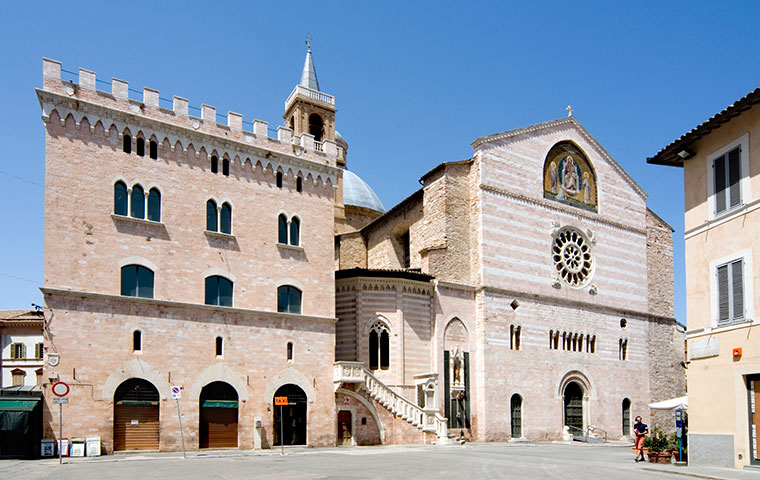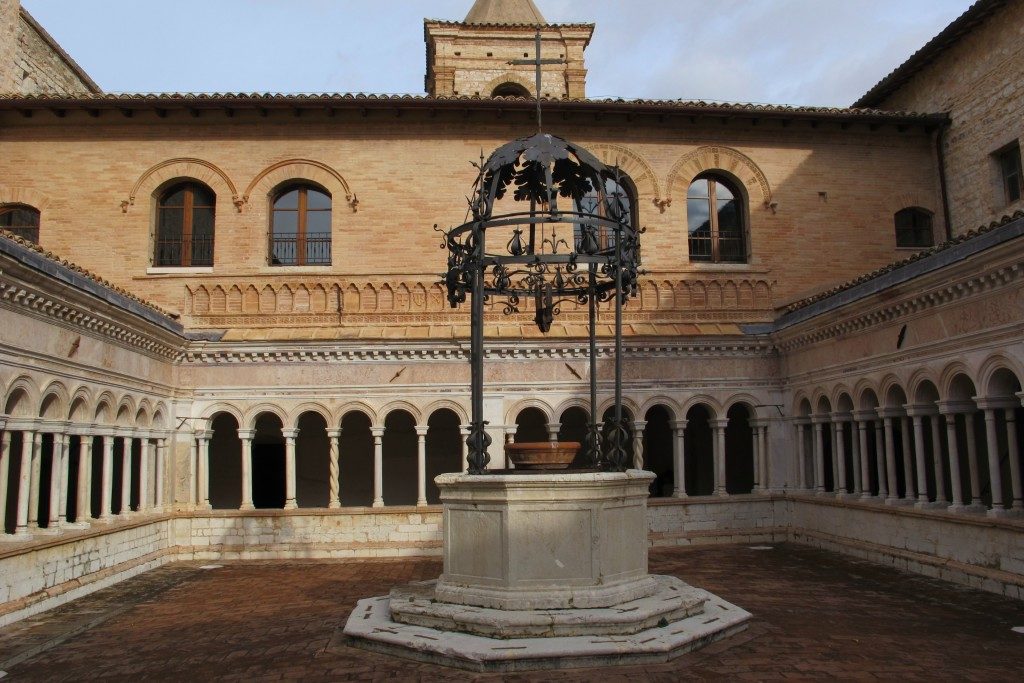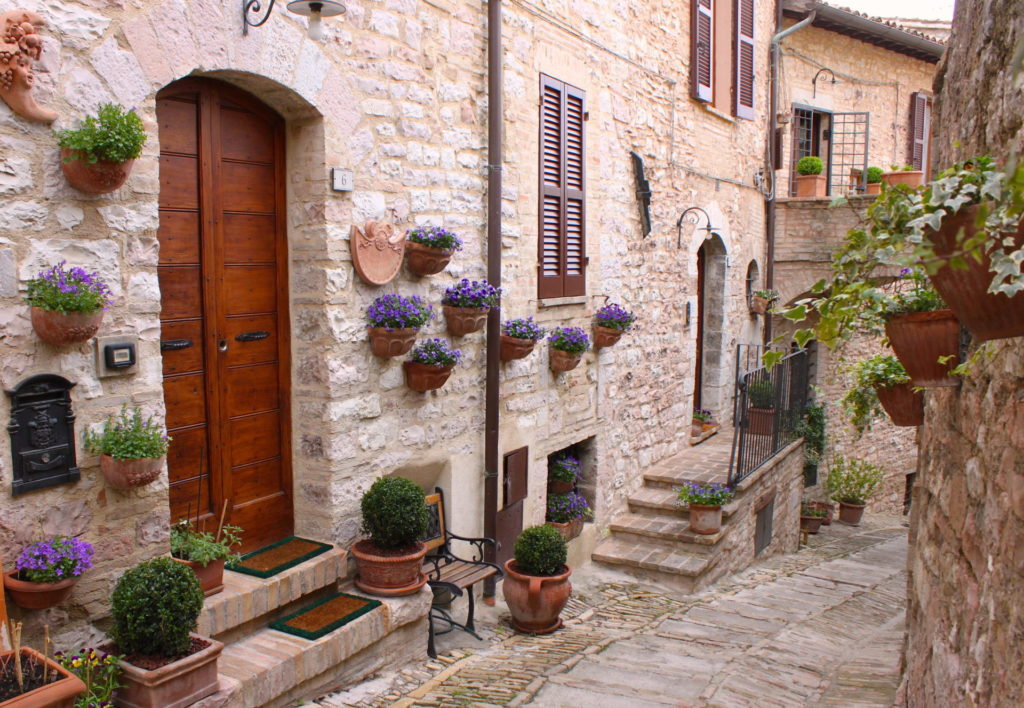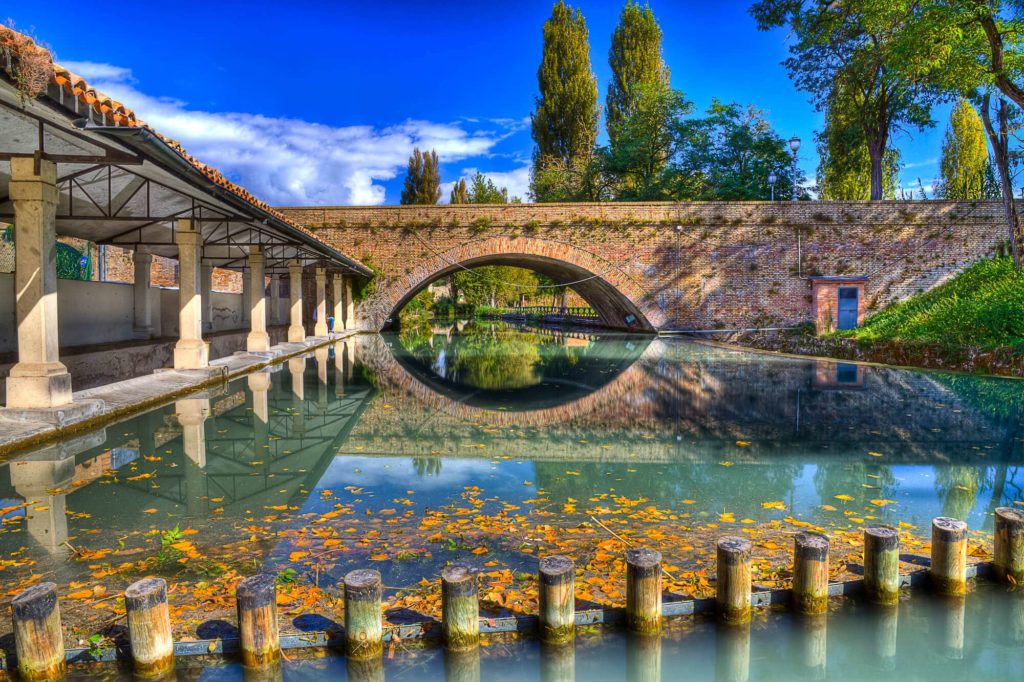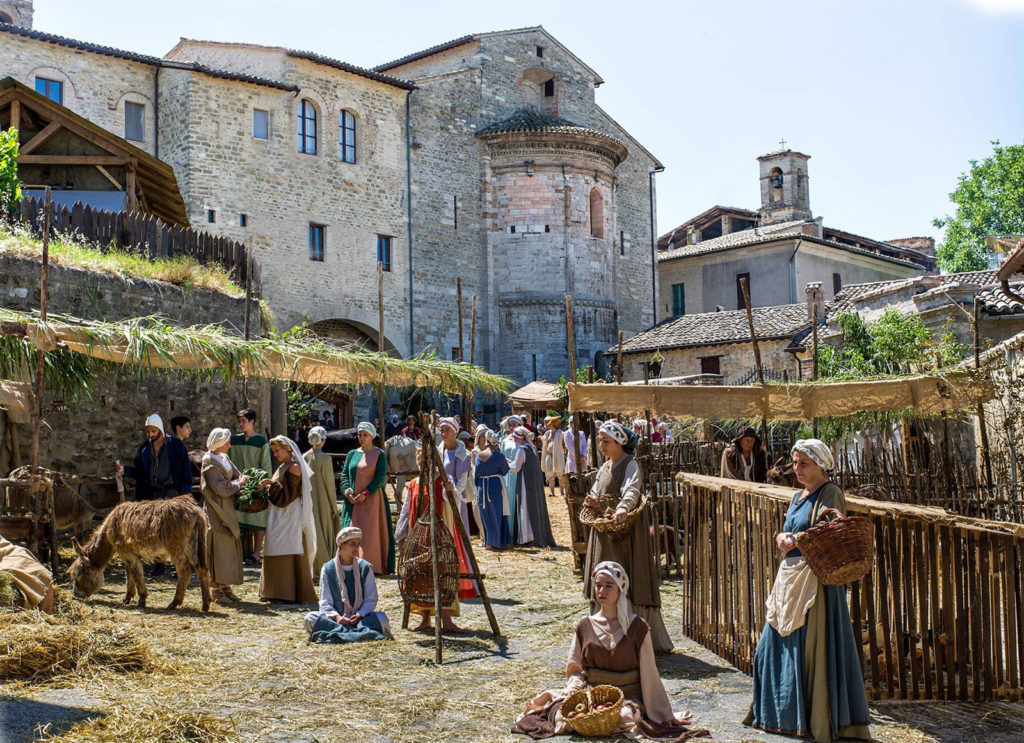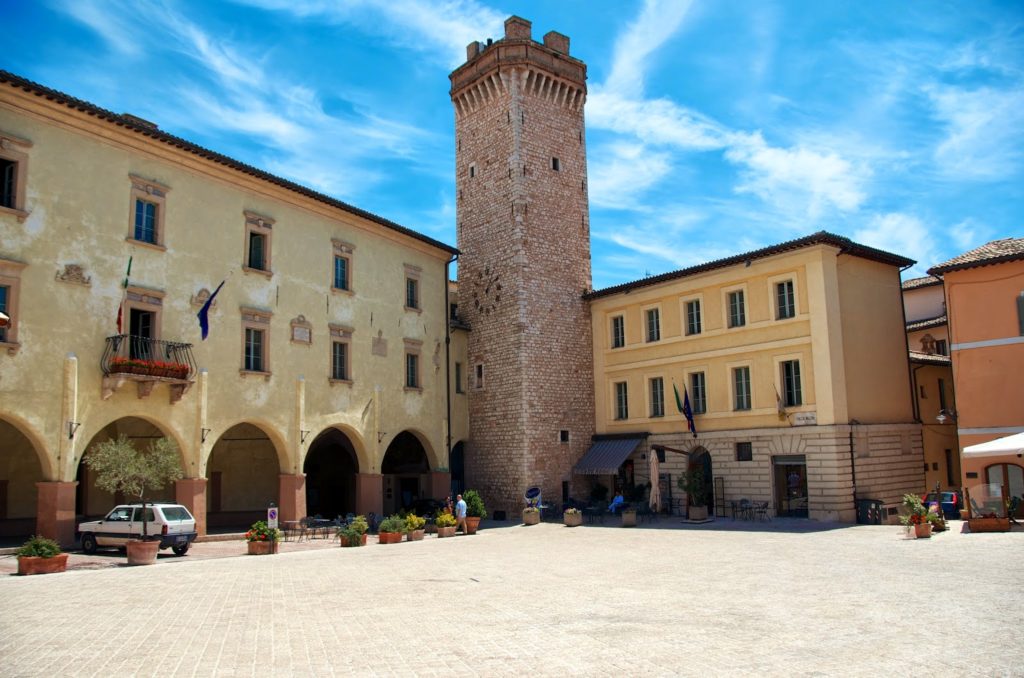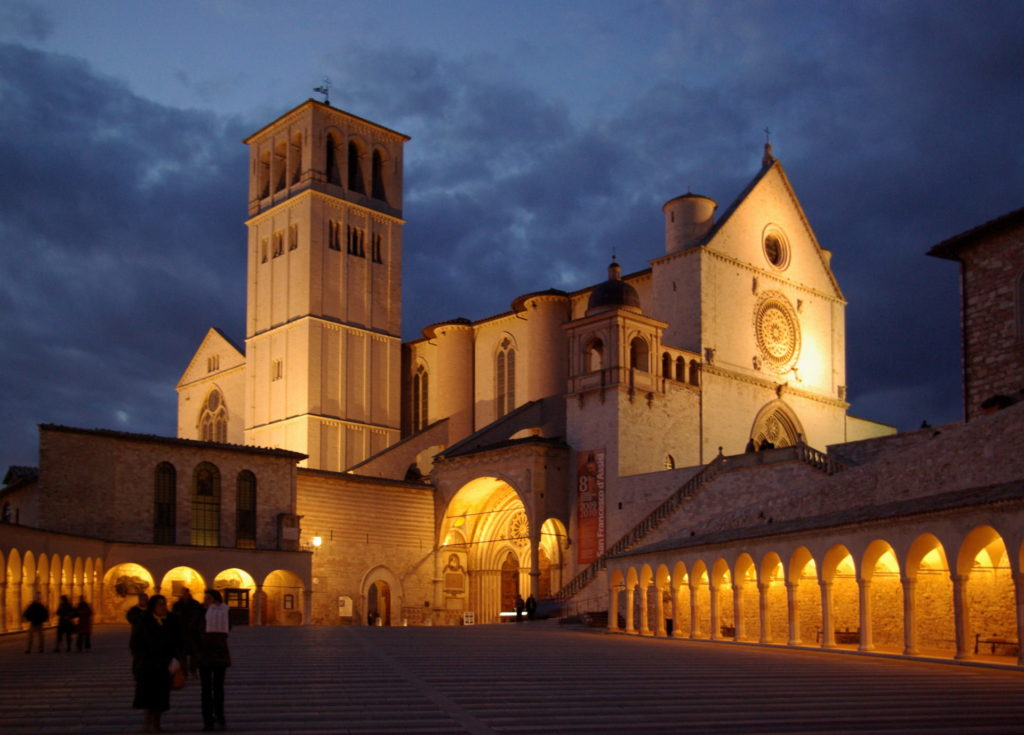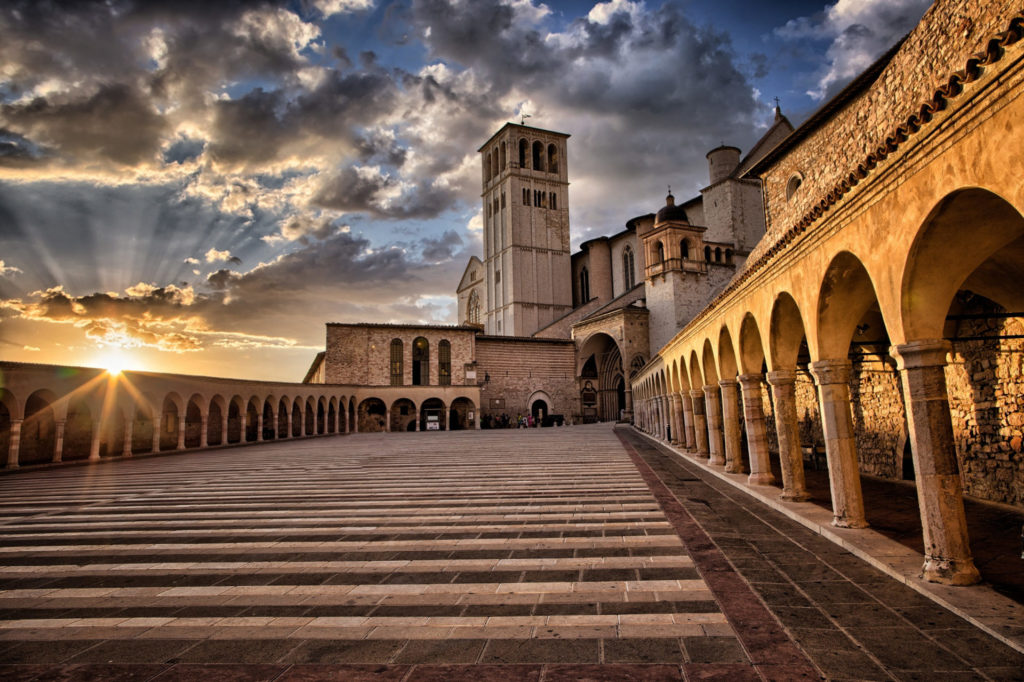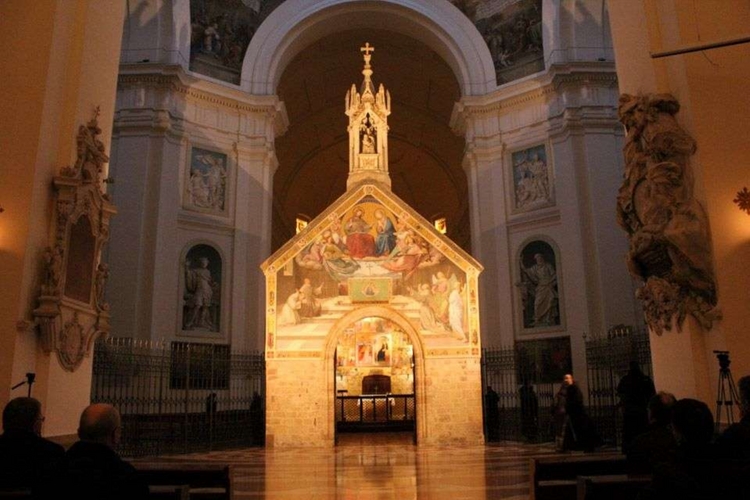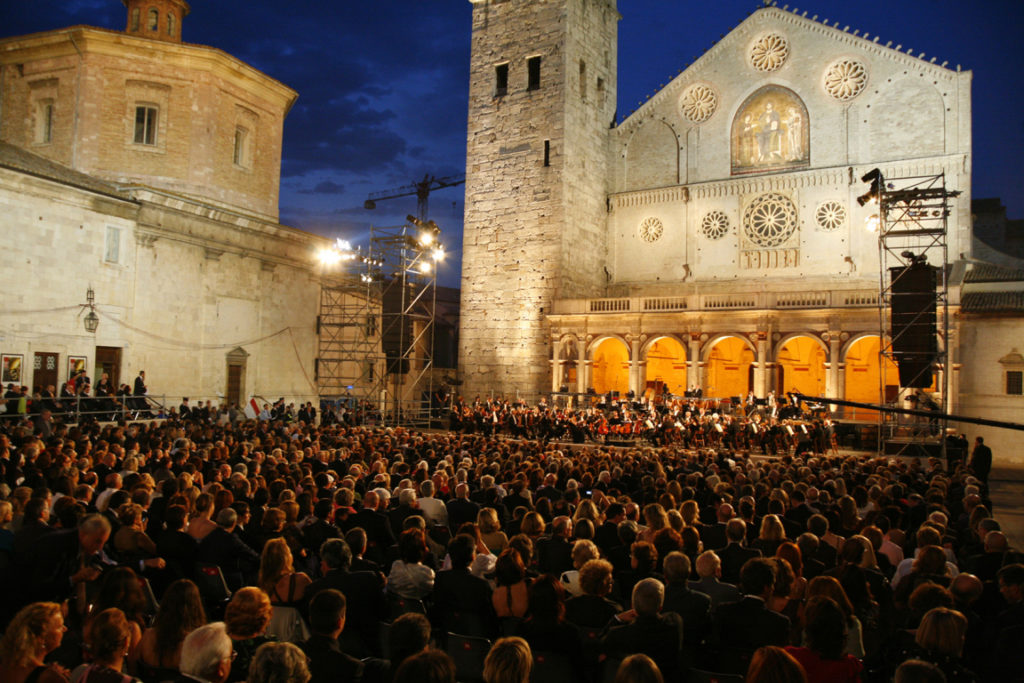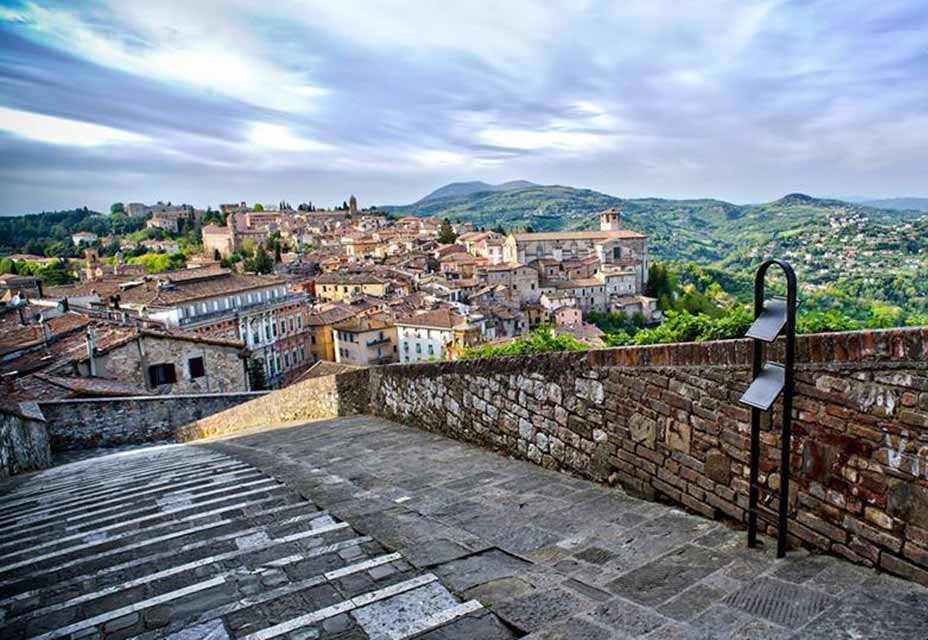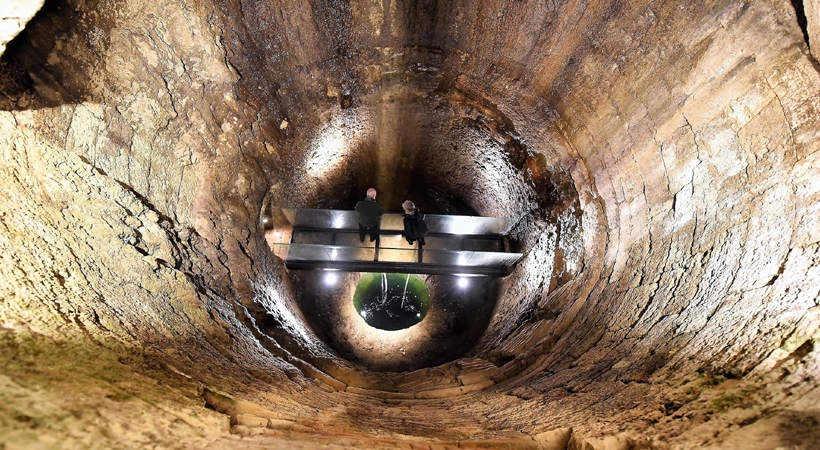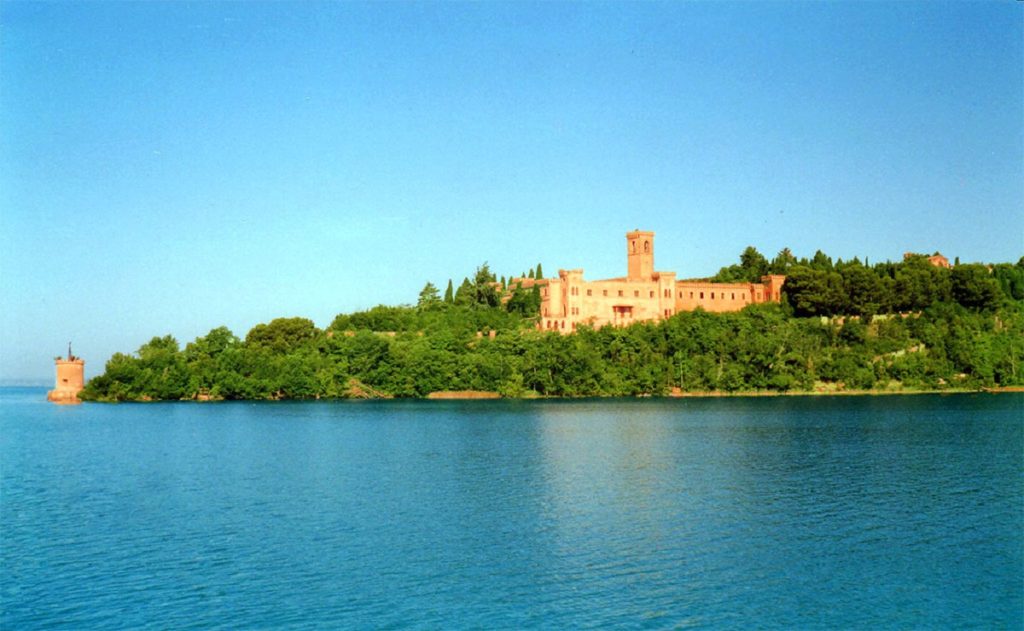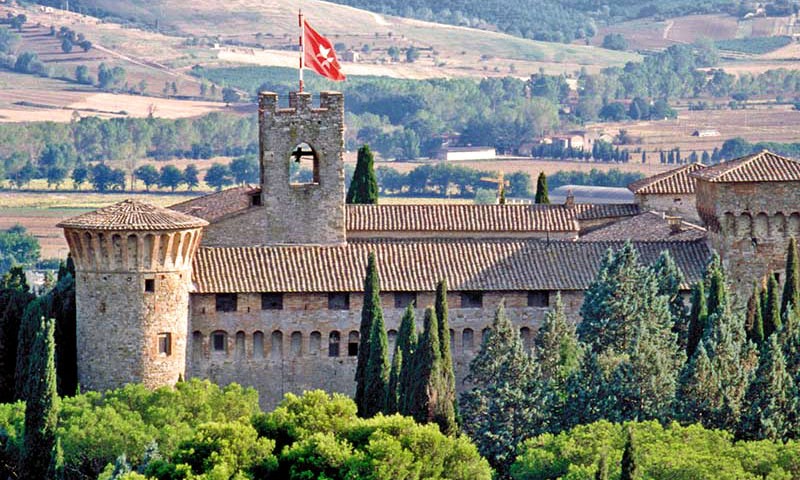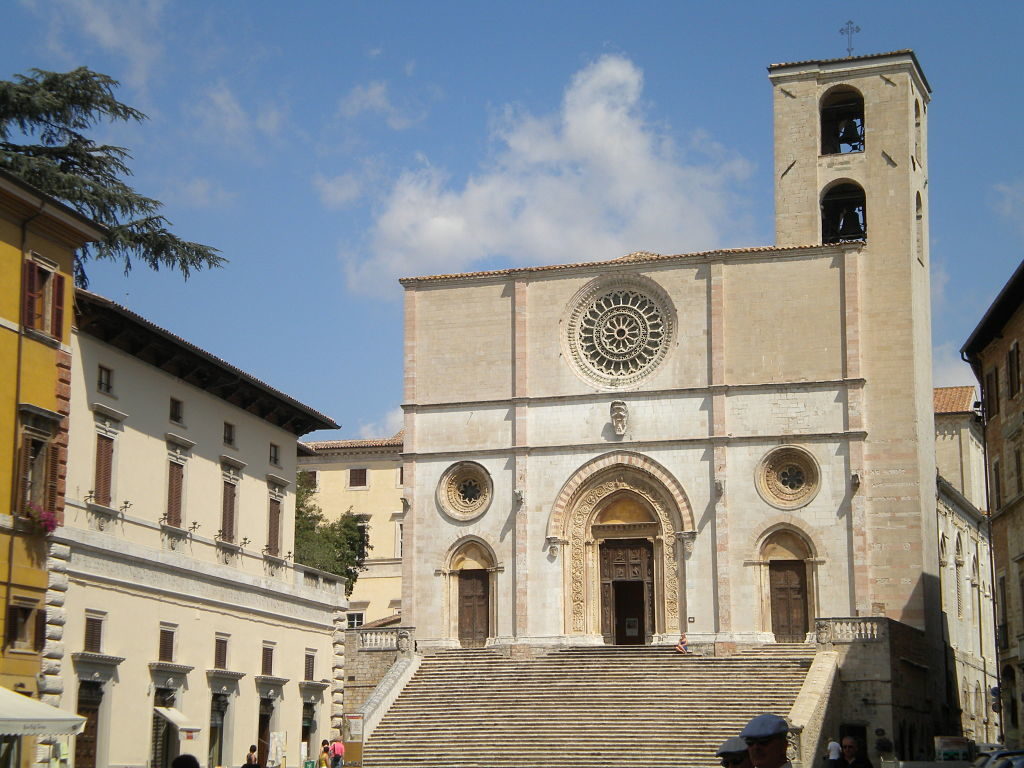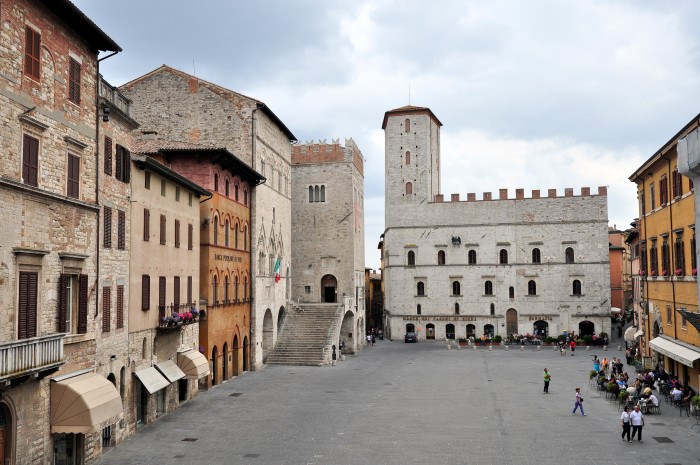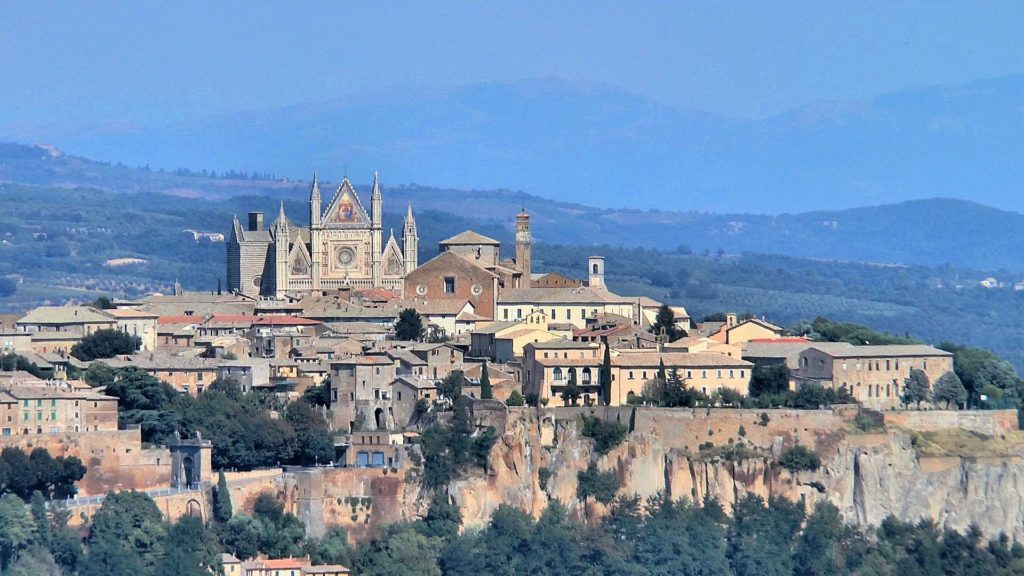The Villa dei Platani Hotel is located in the center of Foligno, 80 meters from the Railway Station.
How to reach us:
From SOUTH Italy. Take A1 Autosole, exit ORTE, continue SS3 Flaminia until exit Foligno – S. Eraclio, then continue for Foligno Centro, FS Station. Another exit: Foligno Est, then follow signs for Via Treviso and continue for Viale Roma towards Centro, FS Station. Always from SUD, for those coming from A14 Adriatica, exit at S. Benedetto del Tronto, head towards Ascoli Piceno and follow the indication Norcia, then go to Eggi continue for Foligno – S. Eraclio, signpost for the Center, Porta Romana, Stazione FS.
From NORTH EST Italy. Take Flaminia S.S.3 to FANO and continue until exit Foligno – Via Piave then follow the signs Center, FS Station. From NORD EST, take the E45 Cesena – Orte highway and Ponte S. Giovanni to S.S.75 Umbro Central to Foligno Nord exit, then follow the signs for Centro, Porta Romana, FS Station.
From NORTH Italy. Take A1 Autosole Firenze – Rome, exit VALDICHIANA, continue by freeway towards
Perugia and then direction Foligno Nord exit, follow the signs Center, Porta Romana, FS Station.

